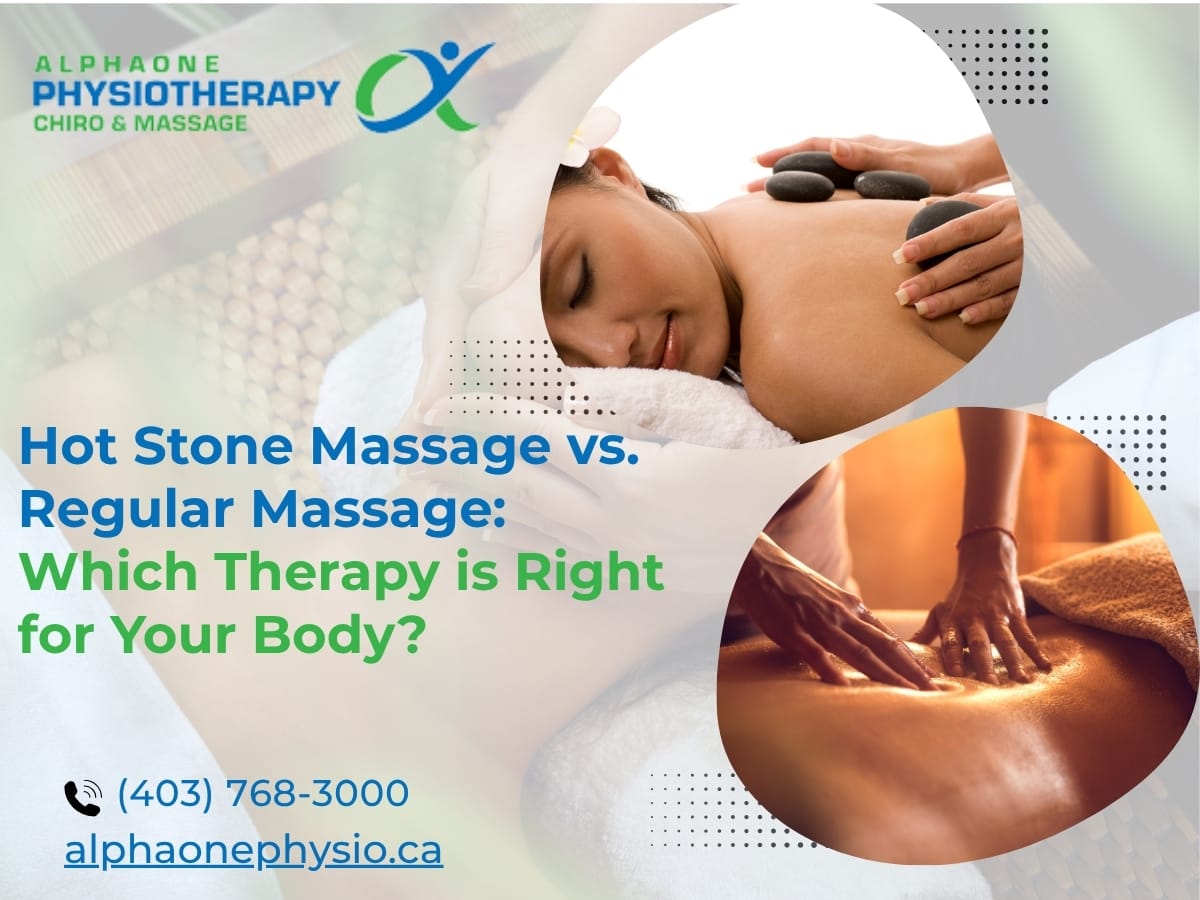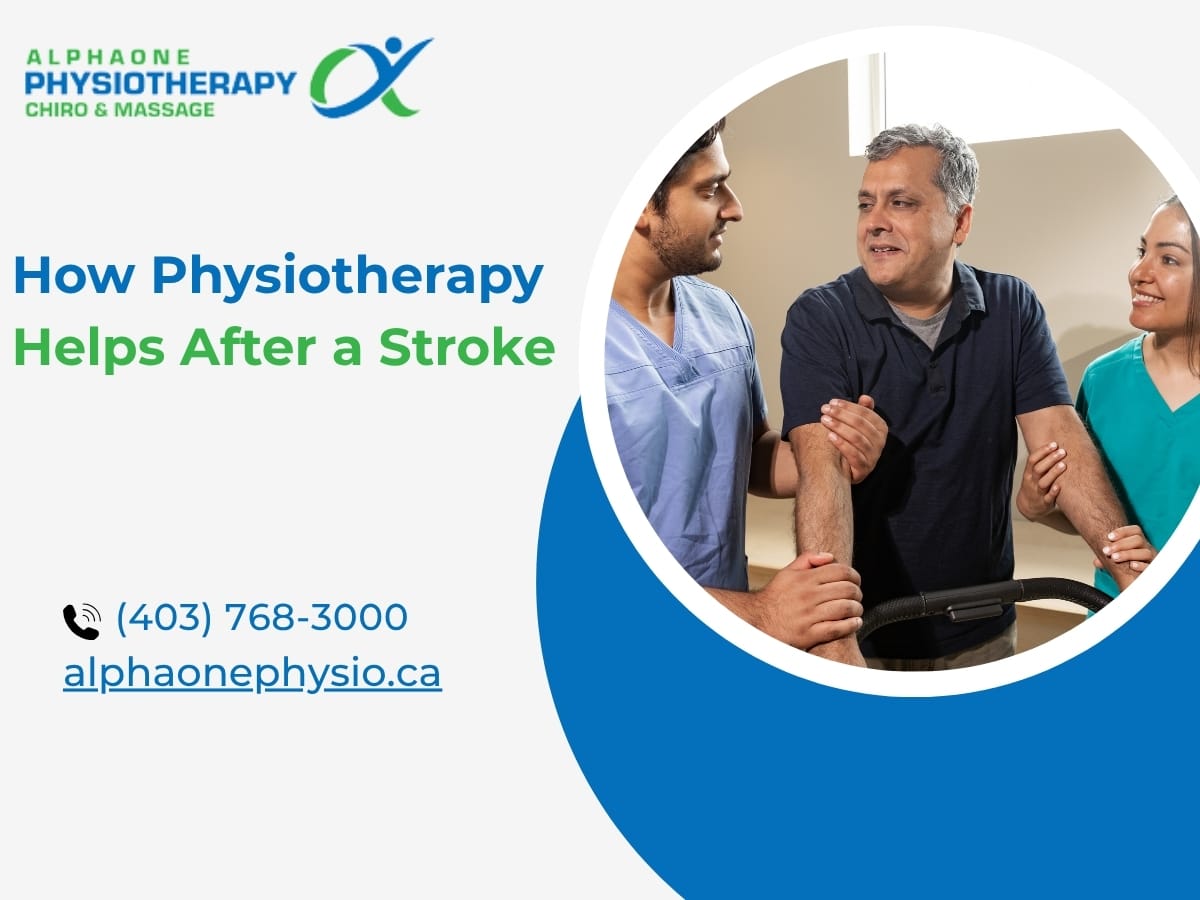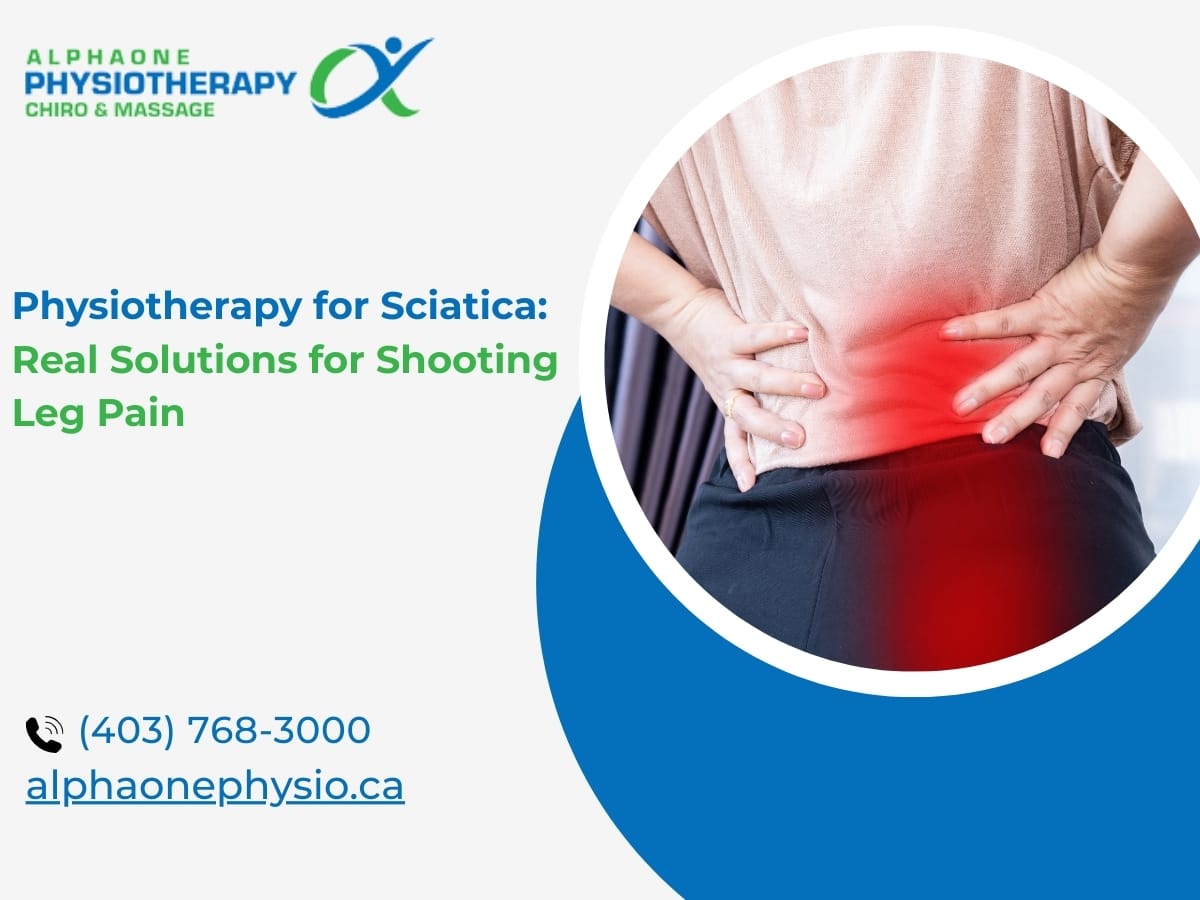Finding the right treatment for your condition can sometimes prove challenging regarding plantar fasciitis. I remember when I was suffering from this, I tried all the possible ways to get healed, like ice packs or stretching exercises, but no relief. Then I searched about Shockwave Therapy, a treatment that addresses the source of the pain, and found the best physio clinic in Calgary.
At AlphaOne Physio, we specialize in innovative treatments to alleviate musculoskeletal conditions like plantar fasciitis. Our expert team is dedicated to helping you get back to your normal health conditions. We use state-of-the-art equipment to ensure you receive the best care possible.
Today, we’ll discuss the required number of Shockwave Therapy sessions for plantar fasciitis, the process, its benefits, and its relevance for other musculoskeletal disorders.
How Many Sessions of Shockwave Therapy Are Required for Plantar Fasciitis?
- Average Number of Sessions: Normally, clients need 3-5 sessions to obtain visible positive results and feel the desired alterations. Each session helps break the unhealthy tissue and promotes healing.
- Individual Variation: The specific number of sessions may also differ depending on the intensity of the illness and the individual’s reactions to this approach. It is important to note that chronic disorders may require more appointments.
- Frequency of Sessions: Sessions are usually spaced about a week apart to allow the body time to heal and respond to the treatment.
- Immediate and Long-term Effects: Some patients may experience relief after the first session, while others might notice gradual improvement throughout the therapy.
- Minimizing Adverse Effects: Shockwave Therapy is a non-invasive treatment with minimal adverse effects compared to surgical treatment options.
How Shockwave Therapy Effective for Plantar Fasciitis?
1. Targeting Damaged Tissue
Shockwave Therapy is noninvasive and applies pressure waves to the plantar fascia to reduce the damaged tissue. This aids in promoting healing, as your body can recover much faster. It is a focused method that helps resolve and treat your problems.
2. Improving Blood Circulation
Another advantage of Shockwave Therapy is the promotion of blood circulation in the treated zone. Through circulation, there is a quick supply of nutrients and oxygen to the affected area hence faster healing and minimized inflammation. It is as if you are mobilizing your body to have an early start in healing itself.
3. Reducing Pain and Discomfort
Shockwave Therapy restores the standard structures of the plantar fascia and enhances the proliferation of cells in the tissues, hence alleviating pain in plantar fasciitis. Patients often report healing results after they undergo several sessions of treatment, and they are then able to go about their activities comfortably. It is an amazing noninvasive treatment for chronic diseases that millions of patients are suffering from.
4. Enhancing Range of Motion
With Shockwave Therapy, your foot’s movement and flexibility increase because we treat the musculoskeletal issues that you are witnessing in your foot. This not only reduces pain but also allows one to regain functionality, hence being capable of leading a normal lifestyle without restrictions as per activities.
5. Promoting Long-term Healing
Shockwave therapy stimulates tissue repair and has thus been attributed to more benefits than just pain management. It promotes the rebuilding of the connective tissue and improves the strength of the plantar fascia, preventing long-term effects and reducing the chances of getting injured in the same tissue in the future. This multifaceted restoration phase maintains foot health and contributes to individuals’ well-being in general.
Also Read For More Detailed Information – Shockwave Therapy for Plantar Fasciitis: Does it Work?
How Can Shockwave Therapy Improve Your Daily Life?
- Reducing Pain: Effective treatment for chronic conditions like plantar fasciitis significantly reduces pain, allowing you to return to your daily physical activities.
- Enhancing Mobility: With less pain and a better range of motion, you can move more freely and engage in activities you enjoy.
- Preventing Future Injuries: Shockwave therapy helps prevent future injuries by strengthening connective tissue and improving blood circulation.
- Supporting Long-term Health: Consistent treatment sessions can lead to long-term health benefits, including better management of musculoskeletal conditions.
- Noninvasive and Quick Recovery: The therapy’s noninvasive nature ensures quick recovery and minimal disruption to your daily routine.
What Should You Expect During Shockwave Therapy Sessions?
- Initial Consultation: During your first visit, a thorough assessment is done to determine the extent of your condition and plan the treatment accordingly.
- Session Duration: Each session typically lasts 15-30 minutes, during which energy shock waves are directed at the affected area.
- Sensation During Treatment: You might feel slight discomfort or tingling during the therapy, but it’s usually well-tolerated.
- Post-treatment Care: After the session, patients might experience mild soreness, similar to what you might feel after a workout. This usually happens within a day or two.
- Follow-up and Progress Tracking: Regular follow-ups ensure the therapy is effective and adjustments can be made if necessary.
How Does Shockwave Therapy Compare to Other Forms of Treatment?
Aspect of Treatment | Shockwave Therapy | Physical Therapy | Medication | Surgical Treatment |
Noninvasive Nature | Yes | Yes | Yes | No |
Pain Relief | Significant, often noticeable after a few sessions | Gradual, over weeks or months | Temporary, dependent on continuous usage | Immediate but involves recovery time |
Targeted Treatment | Directly targets damaged tissue and promotes healing | Focuses on exercises and stretches for overall improvement | Indirect, mainly addresses symptoms | Direct, physically corrects the problem |
Risk of Adverse Effects | Minimal, slight soreness post-treatment | Minimal, possible muscle soreness | Potential for side effects from long-term use | Higher risk includes surgical risks and potential complications |
Recovery Time | Short, minimal downtime | Long, requires consistent sessions | None, but it does not address the root cause | Long, involves significant downtime |
Long-term Benefits | Promotes regeneration and long-term healing | Yes, with sustained effort | No, primarily provides symptomatic relief | Yes, if successful, it can provide a permanent solution |
Frequency of Treatment | Typically 3-5 sessions, spaced weekly | Ongoing may require multiple sessions per week | Daily or as prescribed | One-time, but may require follow-up procedures |
Cost | Moderate, depending on the number of sessions | Moderate to high, depending oncthe duration of therapy | Varies, often covered by insurance | High, includes surgery and hospital stay costs |
Suitability for Chronic Conditions | Highly effective for chronic plantar fasciitis | Effective with sustained effort | Limited, primarily manages pain | Effective but considered a last resort |
Effectiveness for Other Musculoskeletal Conditions | Effective for various conditions like tendon disorders and trochanteric pain | Effective for a range of conditions | Varies, often condition-specific | Effective, condition-specific but high-risk |
Wrapping It!
Therefore, Shockwave Therapy yields a new, highly effective, non-surgical technique for treating plantar fasciitis and other similar musculoskeletal disorders. It has a therapeutic effect and helps increase blood flow velocity and decrease surgical interventions.
If you use a few sessions, you can land some improvements and get back to practicing your daily activities without any discomfort. So, why wait? Give shockwave therapy a try and see its beneficial effects for you. Have you tried it yet? If not, what’s holding you back? Let’s tackle that pain together!






